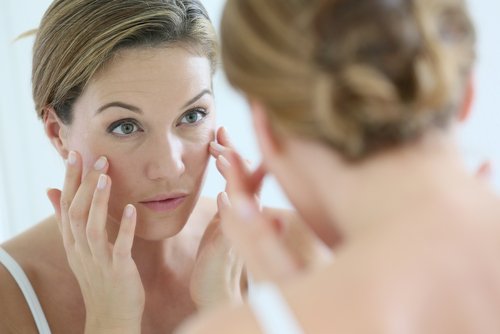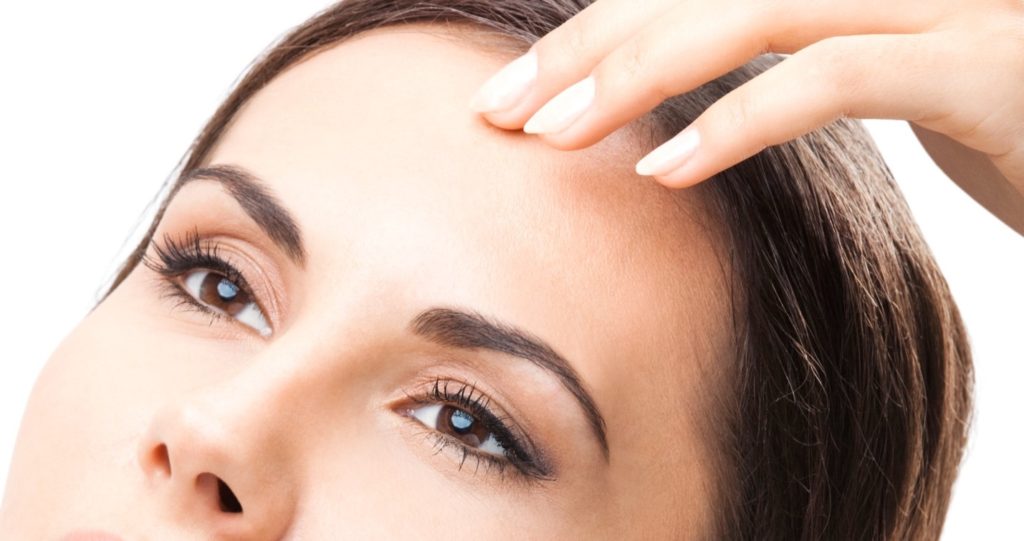Aging Skin & How to Slow It Down
Aging is unavoidable and much of how we age can be tied to our genes, but that doesn’t mean that we don’t have some control over the aging process. For one, we know that certain things, like sun exposure and drug use can cause aging to happen prematurely and more rapidly, while skin care and exercise can delay and slow aging. Second, even if you didn’t take care of your skin as well as you could have or weren’t blessed with youthful genes, there are a variety of things you can do even now to help slow and even reverse an aging appearance.
The Aging Process
Before we start discussing treatment options, let’s talk a little bit about how our skin ages. As we get older, our skin begins to lose many of those vital substances that keep it plump and elastic. For example, after the age of 20, our skin begins to produce one percent less collagen a year while losing its ability to self-exfoliate. In our thirties, aging skin begins to look dull and thin as it loses the ability to hold moisture in the outer layers and fat cells shrink. By our forties, virtually no collagen is produced anymore, causing collagen and elastin fibers to become damaged or break, leading to fine lines and wrinkles. By the time we finish our fifties, our oil glands have begun to shrink, leaving skin dry, dull, and easily damaged. Finally, menopause can leave the skin looking and feeling drier, more sensitive, thinner, and less toned. All of these things combine to create the aging process that we are familiar with.
Rejuvenating Procedures
Now that we know how and why aging occurs, let’s talk treatment options. Fortunately for those wanting a more youthful look, there are a variety of rejuvenation procedures available at a variety of price points, ranging from treatments applied to the skin’s surface to precise surgeries. Which of these procedures is right for you depends on your health, budget, and signs of aging, as well as the degree of invasiveness that you are comfortable. Talking to your doctor about your health history and goals for your procedure will help you determine which avenue of treatment is best for your situation. These procedures can generally be performed alongside each other, and this may be recommended for the best results, but is not necessary to slow or reduce the appearance of the symptoms of aging.
Injected Treatments
Botox is the most common cosmetic treatment and probably one of the most well-known. Botox reduces the appearance of fine lines and wrinkles by forcing facial muscles to relax. Though many people fear having a “frozen” or inexpressive expression after Botox treatment, when applied by a qualified medical professional, Botox does not have this result.
Most other injected anti-aging treatments are dermal fillers. These products replace naturally occurring substances that begin to deplete from the skin as you age. Some fillers use the same substances, like collagen or hyaluronic acid, while others use alternative substances. Either way, these fillers can be used to fill in fine lines, wrinkles, and hollow areas or plump thinning lips. In some cases, they can even reduce the appearance of scars or other blemishes. Common dermal name brands include Cosmoderm, Zyderm, Restylane, Juvederm, Perlane, Sculptra, and Radiesse. Like Botox, the results of these injections are not permanent, though the exact length of the treatment depends on the product and patient.
Skin Resurfacing Treatments
Fine lines, wrinkles, pigmentation problems, and more can be addressed with skin resurfacing treatments, which work essentially by providing a thorough exfoliation treatment and encouraging healthy, beautiful skin development. These treatments are minimally invasive and excellent at slowing and resolving minor signs of aging, but they cannot provide comprehensive repairs for deep wrinkles, sagging skin, or severe scarring.
The three main types of skin resurfacing treatments are dermabrasion, laser treatments, and chemical peels. Dermabrasion involves removing dead skin with a diamond tipped vacuum, improving skin texture and the appearance the lines and uneven pigmentation. Laser skin resurfacing is performed by using a gentle but precise laser to remove damaged skin. This treatment is especially successful in improving hyperpigmentation and the appearance of scars. Finally, chemical peels involve the application of a chemical solution, which removes dead skin cells and aids in the healthy regeneration of the skin underneath.
Lift Surgeries
Surgical treatment is generally the best option for patients looking for more thorough age slowing and age reversing treatments. While other surgical options can be used for rejuvenation purposes, eyelid surgery, facelifts and neck lifts are the most common choice. These treatments can be used for many of the most severe signs of aging, including a double chin, under eye bags, sagging eyelids, hollow cheeks, and a bandy neck. However, it’s important to remember that, while these surgeries can give comprehensive, but natural looking results, they do not stop the aging process and, while these surgeries can be performed multiple times, each consecutive surgery is less able to provide thorough results than the last.
Your Skin Rejuvenation Expert
Regardless of the rejuvenation procedure you choose, you deserve to have your skin care performed by the best. Dr. William J. Binder is experienced, acclaimed, and considered one of the world’s leading facial plastic surgeons. Contact his office today to find out more and schedule your consultation.


